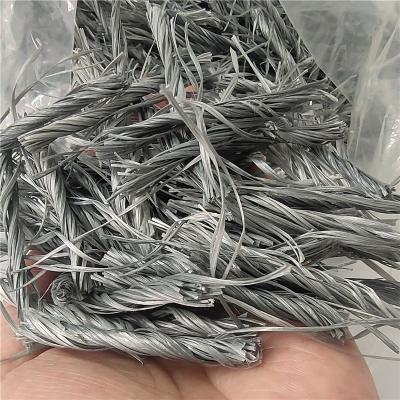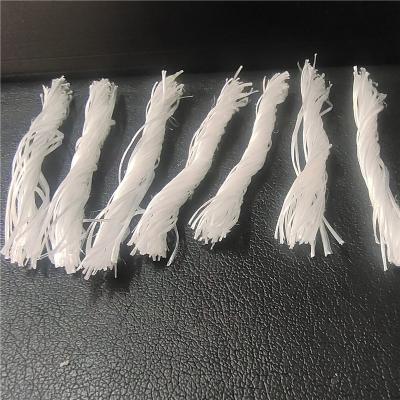Development History of Polypropylene Fiber
In the early days, propylene polymerization could only produce paper-based products with low polymerization degree, which were non crystalline compounds and had no practical value. In 1954, Ziegler and Natta invented Ziergler Natta catalyst and made it into crystalline polypropylene, which has high stereoregularity and is called isotactic polypropylene or isotactic polypropylene. This research achievement has opened up a new direction in the field of polymerization and laid a foundation for the large-scale industrial production of polypropylene and its wide application in plastic products and fiber production.
In 1957, Montecatini, an Italian company, first realized the industrial production of polypropylene. From 1958 to 1960, the company used polypropylene for fiber production and developed a polypropylene fiber named Meraklon. Later, the United States and Canada also began to produce polypropylene fiber.
After 1964, polypropylene membrane fiber for binding was developed, and the fiber was made into textile fiber and carpet yarn.
In the 1970s, the short range spinning process and equipment improved the production process of polypropylene fiber. At the same time, expanded continuous filament began to be used in the carpet industry. At present, 90% of the world's carpet bottom cloth and 25% of the carpet veil are made of polypropylene fiber.
After 1980, with the development of polypropylene and new technology for manufacturing polypropylene fiber, especially the invention of metallocene catalyst, the quality of polypropylene resin has been significantly improved. The intrinsic quality of polypropylene fiber is greatly improved due to the improvement of its stereoregularity (the isotacticity can reach 99.5%). In the mid-1980s, polypropylene fine fiber replaced some cotton fibers for textile fabrics and nonwovens. With the development of one-step BCF spinning machine, air texturing machine and composite spinning machine, as well as the emergence and rapid development of nonwovens, the use of polypropylene fiber in decoration and industrial use has been further expanded. In addition, the research and development of polypropylene fiber in the world are also quite active. The popularization and improvement of differential fiber production technology have greatly expanded the application field of polypropylene fiber.




